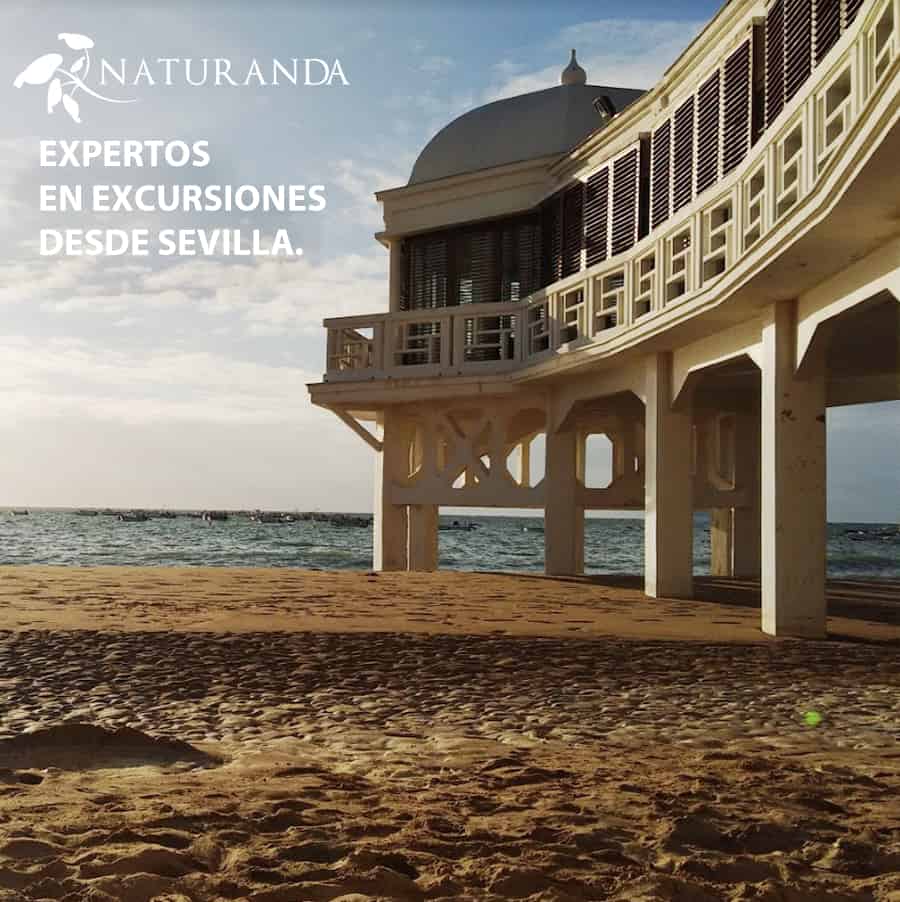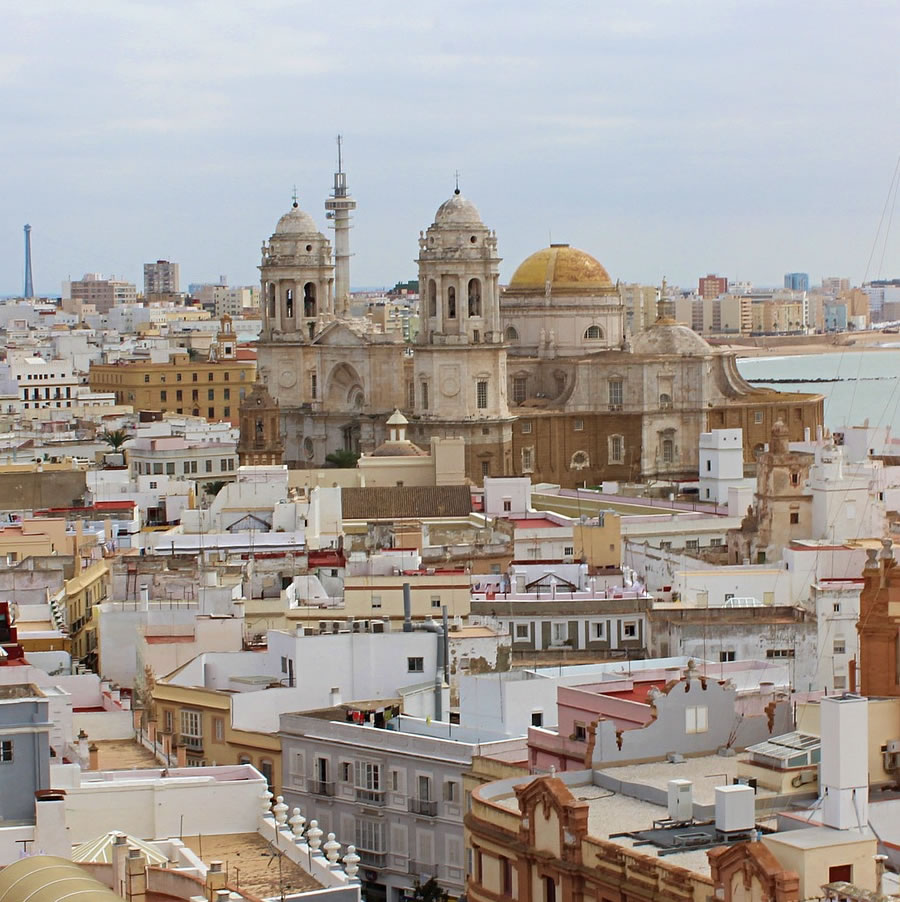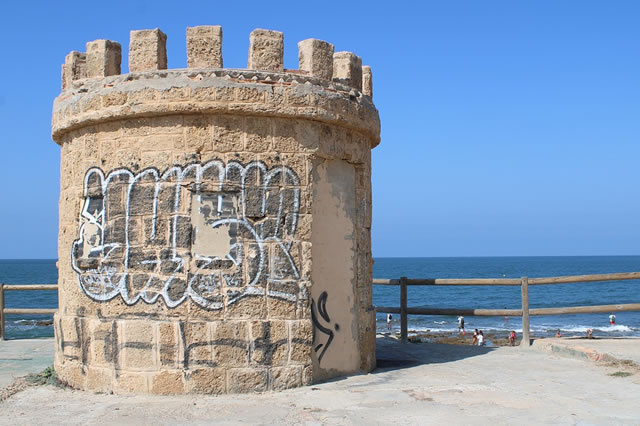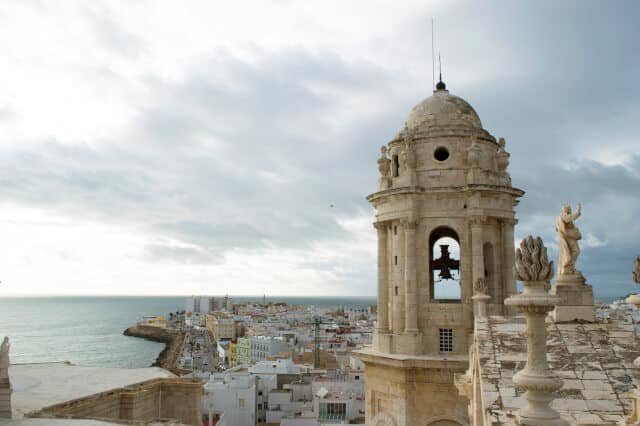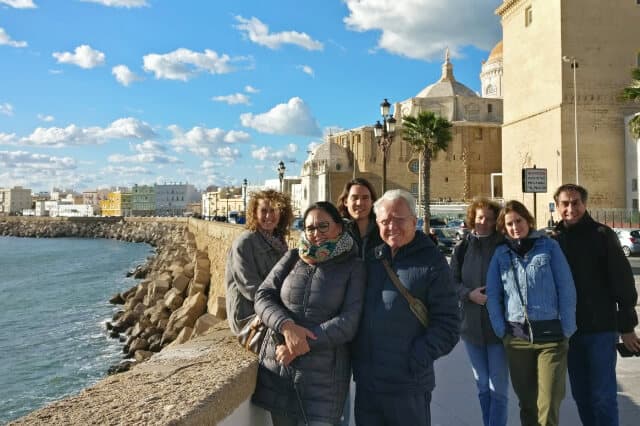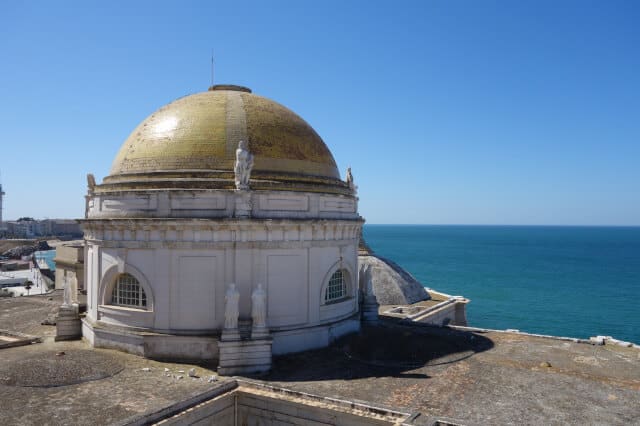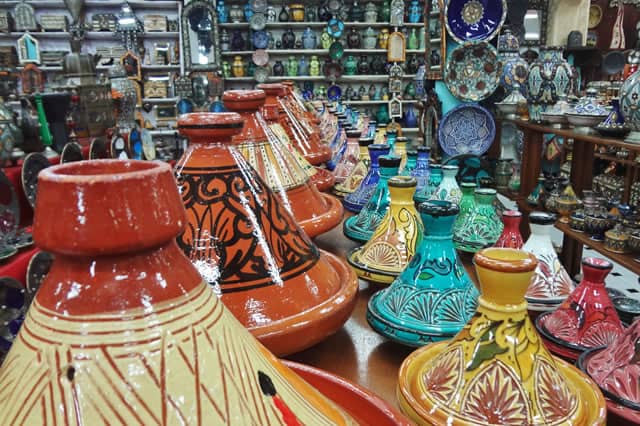
Cádiz: Cradle of Mysteries
Cádiz- An ancient city
If there is an ancient and historical city in Spain, it is -by history- the three thousand year old city of Cadíz. This old city, bathed by the Atlantic, saw the arrival of the Phoenicians to its coasts. A remnant of that encounter survives in the cave painting, “la Laja Alta”, near Jimena, which depicts the meeting between the people of the Tartessos kingdom and the Phoenicians.
Strabo, the Greek geographer, tells us the city was founded by the navigators of Tyre. He also tells how a prosperous trade in furs and precious metals was established, which would evolve to leave a permanent mark on history.
As well as the mysterious Tartessian people, there is also the mystery of the orography of Cadíz. It is believed that there used to be an archipelago of islands in the area of Cadíz, that have since disappeared as a result of erosion and the rise in sea level. There is a classical work titled “Gadeira, las islas gaditanas”, written about this concept. One of the most noteworthy of these islands is called “Kotinousa”, which is the island chosen by the Phoenician Melkart (In Greek “Herakles” and in Latin our current “Hercules”) on which to settle the city.

The second most noteworthy island would be the one called “León” (Saint Ferdinand) or, in the past, called Antipolis. There is yet another one further north, through which communication between the Cove and the bay ran. On this same island there was also a Phoenician settlement, which although small, was important because it had the temple of the goddess Astarte, Venus. Archaeological relics were found in the Punta del Nao, where there were votive offerings, female terracotas, goddesses with clear Egyptian features, and worship of a marine goddess.
There was contact with the Egyptians, who could have visited the land in search of the trade of precious metals. From that relationship remains the eastern influence found in their anthropoid sarcophagi, of great historical and artistic importance
The sarcophagi are two marble pieces worked by a Greek artist, but influenced by Egypt, the features greatly expressiveness and perfect. The sarcophagus belonging to the woman has been dated to 470 BC. (approx.) and the male one almost a century older.
Cadíz is an amazing city that has had a great influence on the rest of the peninsula through its links with both marine peoples and local peoples. Its mysteries are bountiful as we still do not know many of its details or much of its history.

